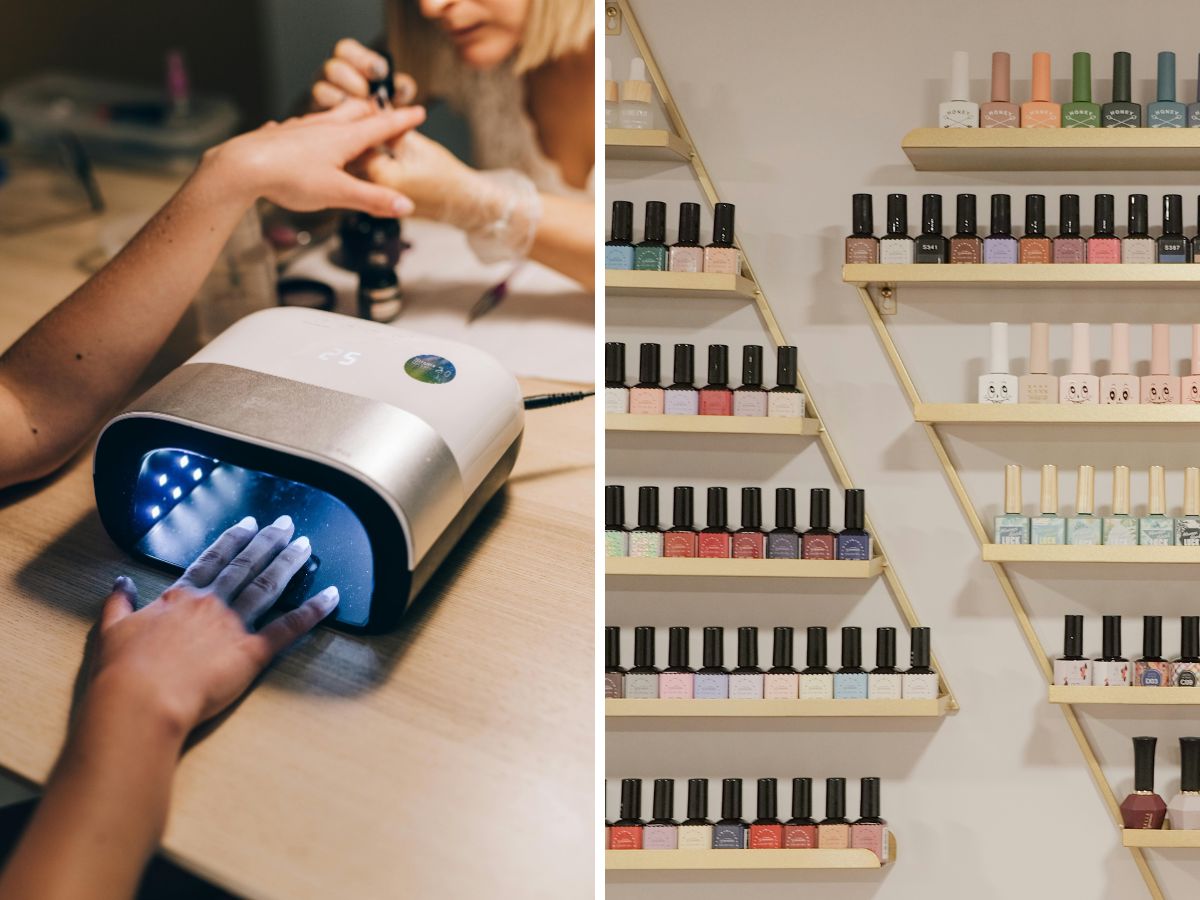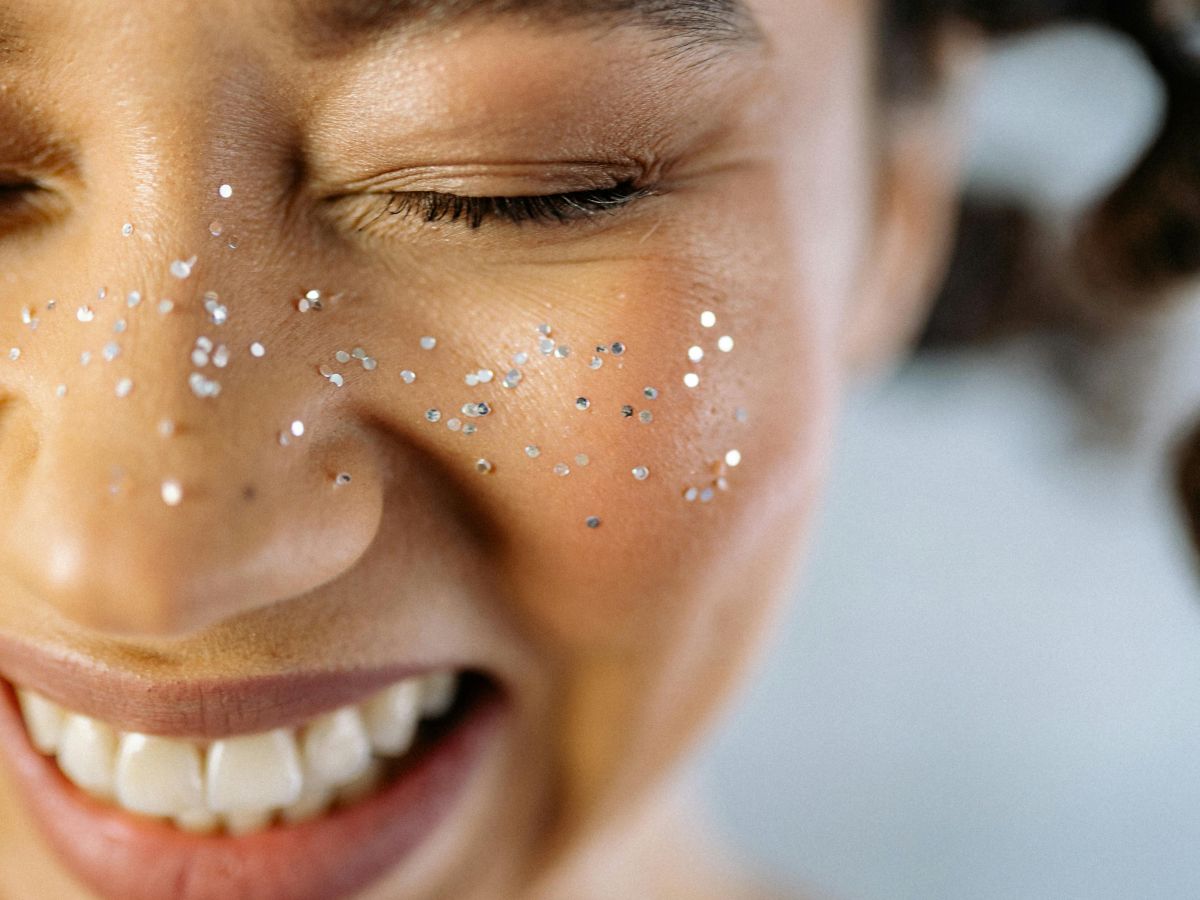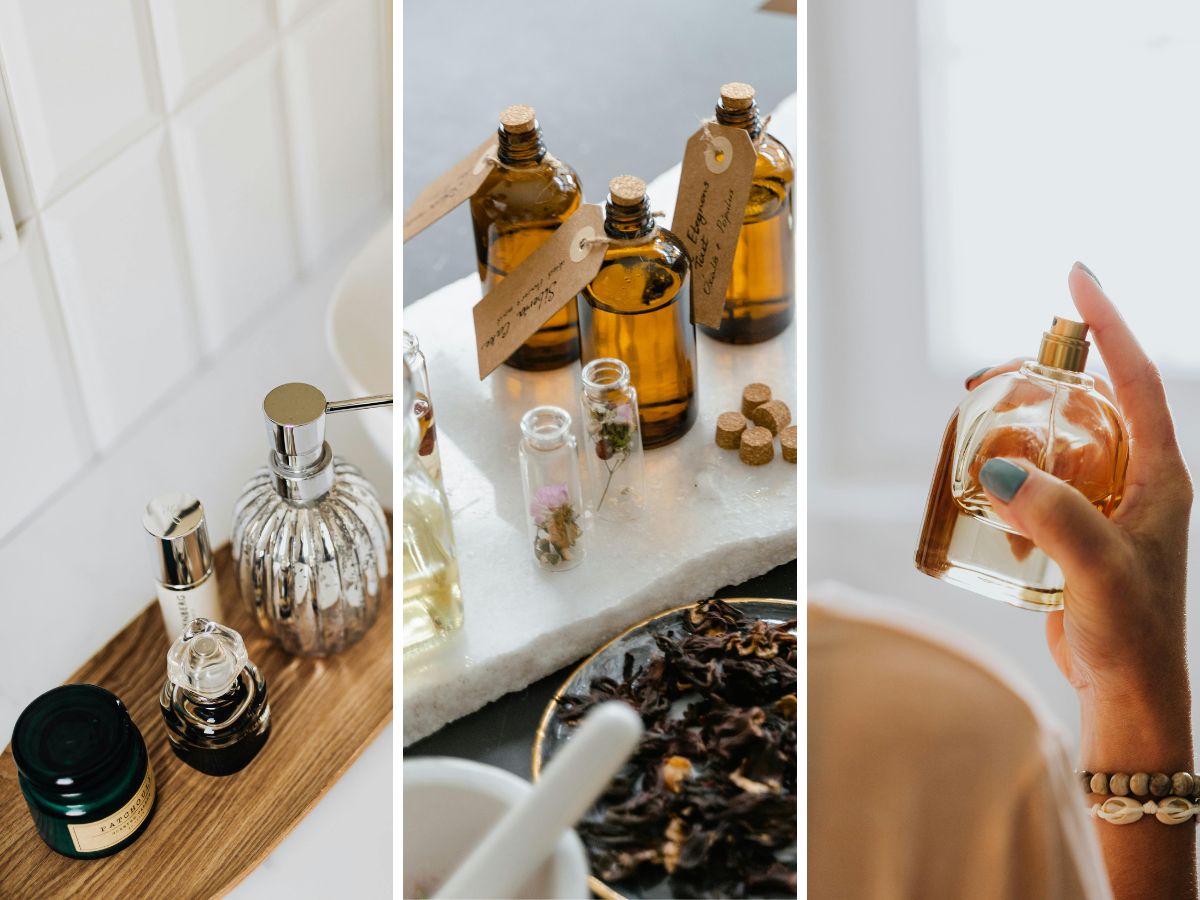Colourful tightly painted nails for weeks, you can achieve that with gel nails. And that's why gel nails and gel nail polish have been such a hit for years. Do eco-friendly gel nails exist? We looked into it and unfortunately: so gel nails are not that sustainable. In fact, they can be very unhealthy, ouch! But you don't have to go ‘au naturel’ though, as we have a handful of tips and sustainable(er) gel nail polish options for you. Pinky promise!
What are gel nails anyway?
Gel nails: these are nails painted with a special gel polish that cures under a UV or LED lamp. The result? Shiny, hard nails that stay beautiful for weeks. What is less well known: that gel nail polish is a chemical cocktail that does not necessarily make you happier. The lacquer contains substances that make it spread well, give it a nice colour, make it rock hard and last for a long time. Unfortunately, some of these ingredients are notorious for causing allergies. Think of HEMA (no, not the shop, but a commonly used building material in gel polish) and TPO (a substance that helps to harden under the lamp, we will come to that in a moment). They make the lacquer firm, but they can also set your immune system on edge. And so then you can develop an acrylic allergy.
TPO on your nails banned
That those gel nails are not tasty stuff is evidenced by the fact that the substance TPO will be banned in the European Union from 1 September 2025. Products containing TPO (in full: trimethylbenzoyl diphenylphosphine oxide) may no longer be sold, because it is carcinogenic, can cause an allergic reaction and possibly affect your unborn child. So nail salons in Europe are no longer allowed to use polishes with TPO in them. That's good news for your health. Note: your jar at home might also (still) contain TPO. Our advice: go to the chemical waste with it. And, if you buy gel polish from big Asian websites, there might be TPO in there too. So check the labels!
Acrylic allergy from gel nails?
It sounds harmless, but it certainly isn't. Because such an allergy does not go away. And then - in the worst case scenario - you can no longer tolerate other products containing the same substances. Think contact lenses, dental implants, hearing aids, pacemakers and even artificial knees or hips. Yep, your gel nail today could complicate your medical care considerably in the future. So you read it: those glossy gel nails unfortunately have a dark edge.
And now you may be thinking, ‘Yeah but, I'm not allergic’. That may be true. Allergies often develop only after repeated exposure. That can be after a few times, or only after years. Your body then slowly builds up a sensitivity, until one day it has had enough. And from then on, every touch with that substance hits: itching, blisters, eczema. And because the allergy is permanent, even in medical situations you suddenly have to watch out for materials that never bothered you before. Ai.
The good news? So there are more and more gel lacquers without those infamous substances, such as TPO- and HEMA-free formulas. Not perfectly green, but definitely a bit kinder to your health.


Gel nail polish is cured under a special UV or LED lamp. This makes the polish last for weeks, but it is advisable to watch out for nasties such as TPO and HEMA.
Better, eco-friendly gel nails?
We get it, gel nails look slick and it's so easy! But when you consider all the costs (for you and the planet), au naturel might not be so bad after all. And in the nail salon it is one big throwaway show: files, cotton wool, wipes - everything goes in the bin after one use. Lacquer and remover are in plastic bottles that are rarely recycled. And what about the lamps and extraction systems that are constantly on? These guzzle power. Per session, not dramatic, but globally quite spicy, especially compared to just applying a lacquer at home. Furthermore, the lacquer itself is made to last, and that makes it difficult to biodegrade. Glitter in it? Chances are that microplastics are released as soon as you remove the varnish. And that removal is usually done with acetone, a chemical that can irritate your skin, eyes and lungs.
In short: being beautiful is fine, but gel nails require quite a bit of sacrifice. For yourself and for the earth.
Gel nails anyway? Then prefer this...
Let's face it: gel nails are not our tip. If you want to give your nails a nice colour, opt for nail polish from a more eco-friendly brand. Not 100% sustainable either, but safer for your health ánd better for the planet than gel polish. But okay... are you really wedded to the convenience and that glossy look of gel nails? Then there are ways to take a more responsible approach.
Have them applied at a professional salon, for example. Experimenting yourself sounds fun, but you run more risk of allergies if you apply the lacquer messily, don't know exactly how long to cure or mess with your lamp. If you do do it yourself - don't say we didn't warn you - make sure you order materials from a reliable European webshop. Products from outside the EU may contain ingredients that have long been banned here.
Also pay attention to the ingredients in the polish. Ask in the nail salon for formulas without the well-known allergy triggers such as HEMA and the now-banned TPO. More and more brands offer friendlier alternatives, so you can simply ask about these in a salon.
And then that lamp. To cure gel nail polish, your hands go under a lamp for a few minutes. Many salons use UV lamps, and they work with ultraviolet radiation. This is the same kind of radiation that damages your skin in the sun. Regularly exposing your hands to UV light increases the risk of skin ageing and - in the long run - skin cancer. LED lamps are a better alternative: they use a different type of light that is considered safer and they consume less energy. Win-win therefore.
Shine, but consciously
Gel nails may be beautiful, but they are certainly not without snags. For your health, and for the environment. Of course, you don't have to go through life completely paint-free; if you know what to look out for, you can also make (smarter) choices with a colour. Would you like to know more about ‘ordinary’ nail polish, because there is a lot in that too and you can make better choices when buying it. Then take a look here! Would you rather skip the theory and just look directly for eco-friendly nail polish? Then take a look at this list!
Sources: WHERE IS IT.nl, Folia.nl, Radar, NPO, Box office, Vogue NL, Wellness Academy, Causes, Linda.nl. Photo credits: main image: lamp: Leeloo Thefirst (Pexels), nail polish shelves: H&CO (Unsplash), nail polish colours: Karolina Grabowska (Pexels), nail polish colours next to lamp: Cottonbro (Pexels).






